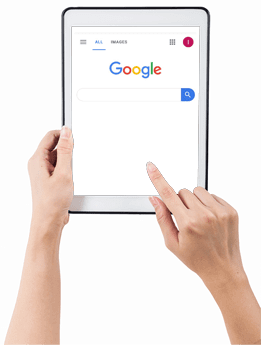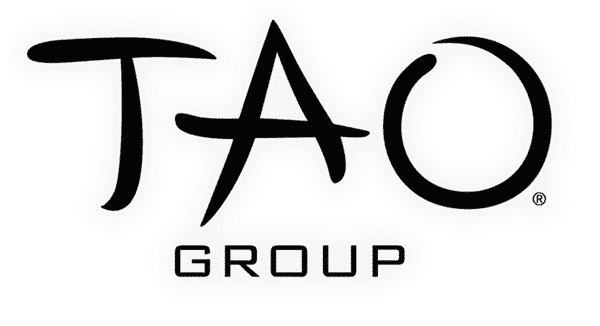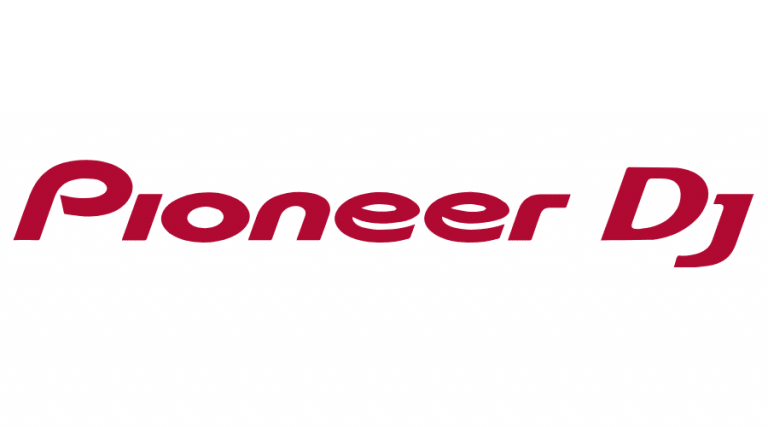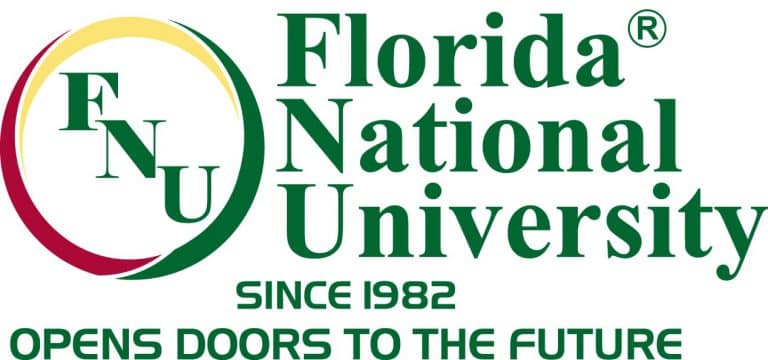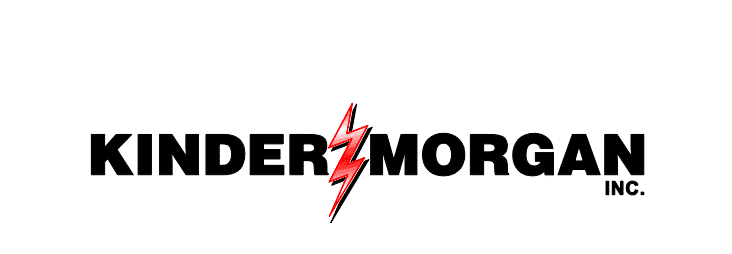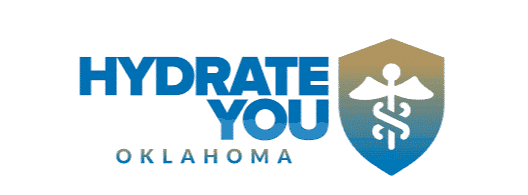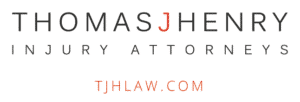Introduction

LinkedIn, the world’s largest professional network, has become an essential platform for B2B marketers. With over 700 million members, it offers unparalleled opportunities for businesses to connect with professionals, showcase their brand, and generate leads. In this comprehensive guide, we’ll explore various LinkedIn marketing strategies to help you leverage B2B opportunities on this powerful network.
Understanding the LinkedIn Ecosystem

LinkedIn is more than just a social network; it’s a dynamic ecosystem designed to facilitate professional connections and business growth. It comprises several key components:
Profiles: Individual user profiles where professionals showcase their work experience, skills, and accomplishments.
Company Pages: Pages dedicated to businesses, providing a platform to share updates, post job openings, and engage with followers.
Groups: Communities where professionals with similar interests or industries can discuss topics, share knowledge, and network.
LinkedIn Pulse: A content publishing platform where users can post articles and share insights.
LinkedIn Ads: Advertising options that allow businesses to target specific audiences with sponsored content and ads.
Understanding these components is crucial for developing an effective LinkedIn marketing strategy.
Setting Up an Optimized LinkedIn Company Page
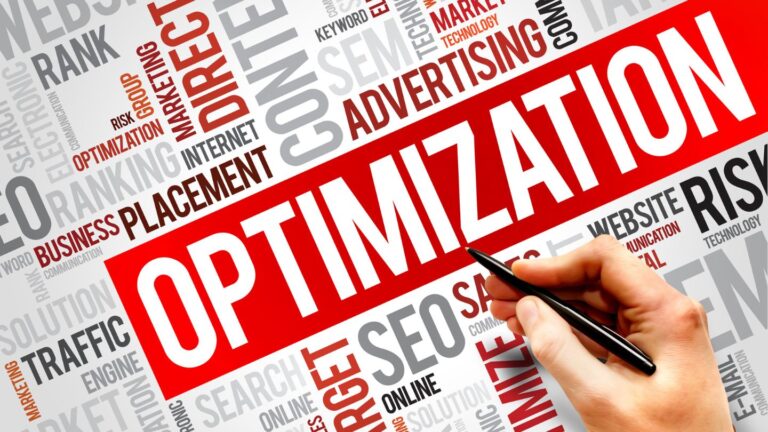
Your LinkedIn Company Page is your business’s identity on the platform. It’s the first point of contact for potential clients and partners, so it’s essential to make a strong impression.
Complete Your Profile: Ensure all sections of your Company Page are filled out, including the About Us section, company logo, cover image, website URL, industry, and company size. A complete profile increases credibility and trust.
SEO Optimization: Use relevant keywords in your company description and posts to improve your visibility in LinkedIn searches. Keywords should reflect your industry, services, and expertise.
Regular Updates: Post regular updates to keep your followers engaged. Share company news, industry insights, and valuable content that showcases your expertise.
Showcase Pages: Create Showcase Pages for specific products, services, or initiatives. These pages allow you to target different segments of your audience more effectively.
Engage with Followers: Respond to comments and messages promptly. Engaging with your audience shows that you value their input and fosters a sense of community.
Building a Content Strategy
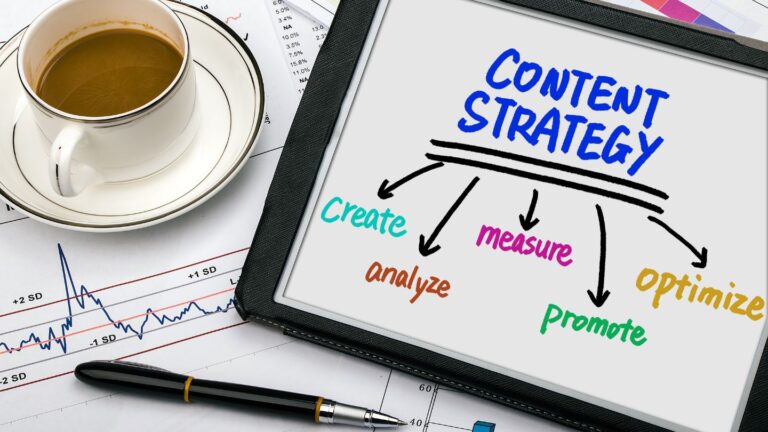
Content is the cornerstone of any successful LinkedIn marketing strategy. High-quality, relevant content helps establish your authority, engage your audience, and drive leads.
Identify Your Audience: Understand who your target audience is. Consider their job titles, industries, and pain points. This knowledge will guide your content creation process.
Content Types: Diversify your content types to keep your audience engaged. LinkedIn supports various content formats, including articles, videos, infographics, and presentations.
Thought Leadership: Position your company as a thought leader by sharing insightful articles and research. LinkedIn Pulse is an excellent platform for publishing long-form content.
User-Generated Content: Encourage your employees and customers to share their experiences and insights. User-generated content adds authenticity to your brand.
Content Calendar: Plan your content in advance using a content calendar. Consistency is key to maintaining engagement and visibility.
Hashtags and Keywords: Use relevant hashtags and keywords to increase the discoverability of your posts. Hashtags help categorize your content and reach a broader audience.
Leveraging LinkedIn Groups

LinkedIn Groups are a powerful tool for networking and establishing your presence in industry-specific communities.
Join Relevant Groups: Identify and join groups that align with your industry and target audience. Participate in discussions and share valuable insights to establish your expertise.
Create Your Own Group: If you can’t find a group that fits your niche, consider creating your own. As a group owner, you can set the agenda and drive discussions around topics relevant to your business.
Engage Regularly: Active participation is crucial. Engage in conversations, answer questions, and share relevant content. Consistent engagement helps build relationships and trust within the group.
Promote Your Group: Use your Company Page and personal profiles to promote your group. Invite connections and followers to join and participate.
Utilizing LinkedIn Ads
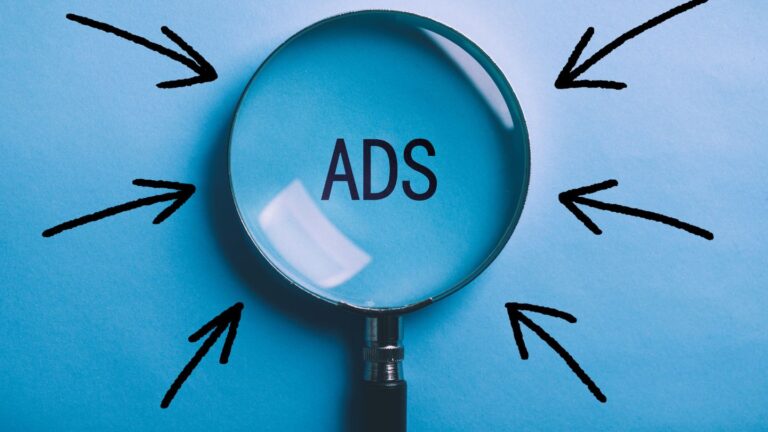
LinkedIn Ads offer a range of targeting options that make it an effective platform for B2B marketing. Here’s how to get the most out of LinkedIn’s advertising capabilities:
Sponsored Content: Promote your posts to reach a wider audience. Sponsored Content appears in the LinkedIn feed and can include images, videos, and carousels.
Sponsored InMail: Send personalized messages directly to LinkedIn members’ inboxes. Sponsored InMail is a powerful tool for reaching decision-makers with targeted offers.
Text Ads: Simple, pay-per-click ads that appear on the LinkedIn sidebar. Text Ads are effective for driving traffic to your Company Page or landing pages.
Dynamic Ads: Personalized ads that dynamically change based on the viewer’s profile information. Dynamic Ads can be used for various purposes, including follower acquisition and lead generation.
Targeting Options: LinkedIn’s targeting options are incredibly detailed. You can target audiences based on job title, company size, industry, skills, and more. Use this granularity to reach the most relevant audience.
A/B Testing: Test different ad creatives and targeting options to see what works best. A/B testing helps optimize your campaigns for better performance.
Analytics: Use LinkedIn’s analytics to track the performance of your ads. Monitor key metrics such as click-through rates, conversions, and engagement to refine your strategy.
Engaging with Influencers
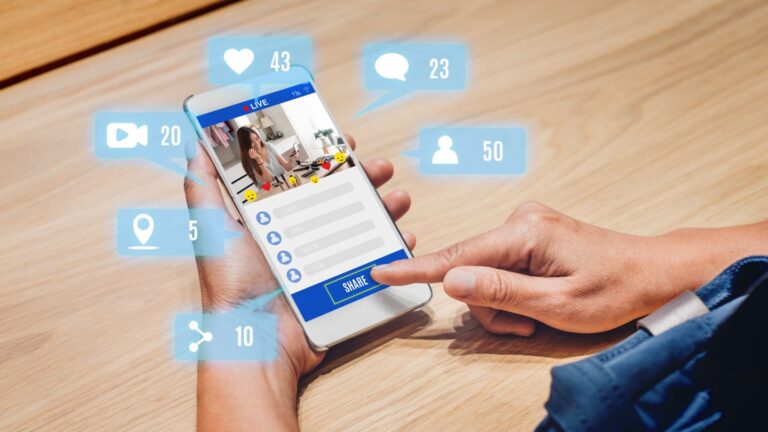
Influencer marketing isn’t limited to Instagram and YouTube. LinkedIn has its own set of influencers who can help amplify your brand message.
Identify Influencers: Look for influencers in your industry who have a significant following and regularly engage with their audience. LinkedIn’s search and content tools can help you find relevant influencers.
Build Relationships: Engage with influencers by commenting on their posts, sharing their content, and initiating conversations. Building a relationship takes time, so be patient and authentic.
Collaborate on Content: Partner with influencers to co-create content. This could include guest posts, webinars, or joint research projects. Collaborative content leverages the influencer’s audience and enhances your credibility.
Endorsements and Recommendations: Ask influencers to endorse your skills or recommend your products/services. Endorsements from respected professionals can significantly boost your credibility.
Measuring Success

Measuring the success of your LinkedIn marketing efforts is crucial to understand what’s working and what needs improvement. LinkedIn provides several tools and metrics to help you track your performance.
LinkedIn Analytics: Use LinkedIn’s built-in analytics to monitor the performance of your Company Page and posts. Key metrics include post engagement, follower growth, and demographics.
Campaign Manager: If you’re using LinkedIn Ads, Campaign Manager provides detailed analytics on your ad performance. Track metrics such as impressions, clicks, conversions, and cost per conversion.
Google Analytics: Integrate LinkedIn with Google Analytics to track how traffic from LinkedIn interacts with your website. This can provide insights into lead generation and conversion rates.
Conversion Tracking: Use LinkedIn’s conversion tracking to measure the effectiveness of your ad campaigns. This tool helps track actions such as sign-ups, downloads, and purchases that occur as a result of your ads.
ROI Calculation: Calculate the return on investment (ROI) of your LinkedIn marketing efforts. Compare the cost of your campaigns to the revenue generated to determine their effectiveness.
Case Studies and Success Stories
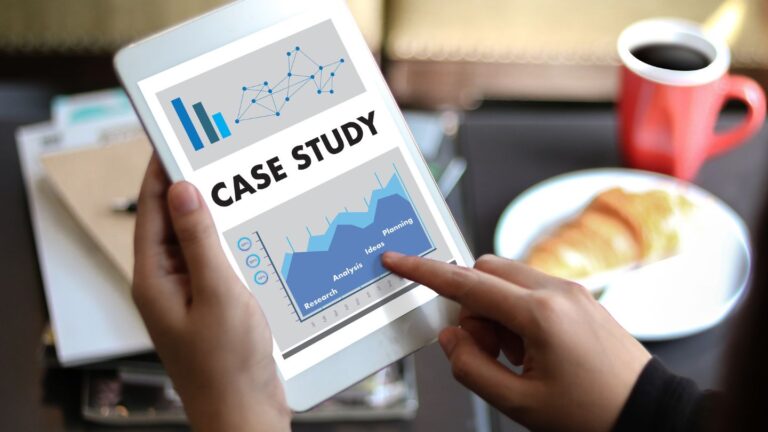
Learning from successful LinkedIn marketing campaigns can provide valuable insights and inspiration for your own strategy. Here are a few examples of companies that have effectively leveraged LinkedIn for B2B marketing:
HubSpot: HubSpot uses LinkedIn to share educational content and generate leads. They regularly post blogs, ebooks, and webinars that provide value to their audience. HubSpot also leverages LinkedIn Ads to target specific job titles and industries.
Microsoft: Microsoft uses LinkedIn to promote its products and services to businesses. They run targeted ad campaigns and share thought leadership content that positions them as an industry leader.
Hootsuite: Hootsuite engages its audience with a mix of informative articles, customer success stories, and industry news. They also use LinkedIn Groups to foster a community of social media professionals.
Conclusion

LinkedIn is a powerful platform for B2B marketing, offering numerous opportunities to connect with professionals, showcase your expertise, and generate leads. By optimizing your Company Page, creating engaging content, leveraging LinkedIn Groups, utilizing LinkedIn Ads, engaging with influencers, and measuring your success, you can build a robust LinkedIn marketing strategy that drives business growth.
Remember, success on LinkedIn requires consistency, authenticity, and a deep understanding of your audience. Stay updated with the latest trends and best practices, and continuously refine your strategy to stay ahead of the competition. With the right approach, LinkedIn can become a cornerstone of your B2B marketing efforts, helping you unlock new opportunities and achieve your business goals.


